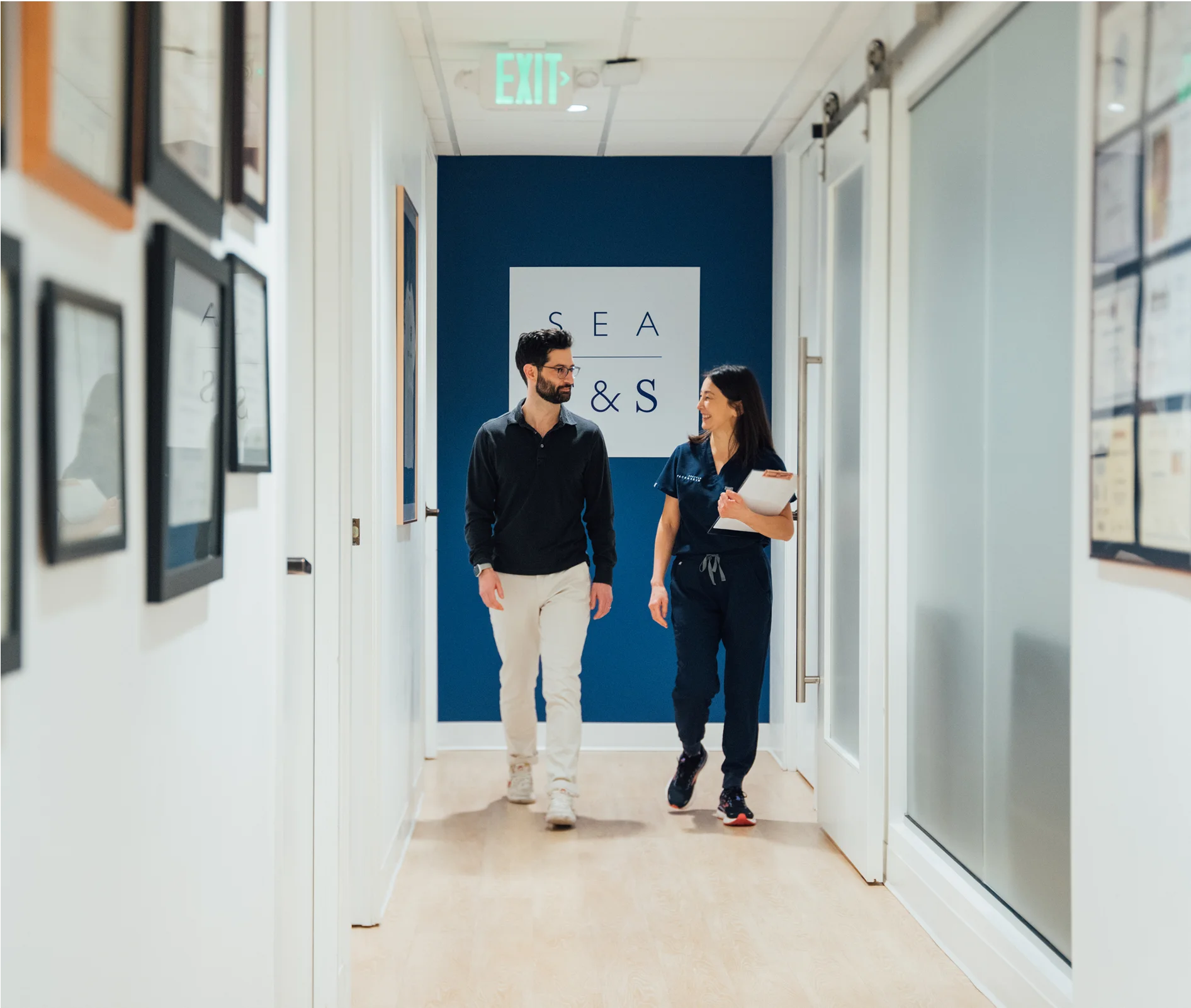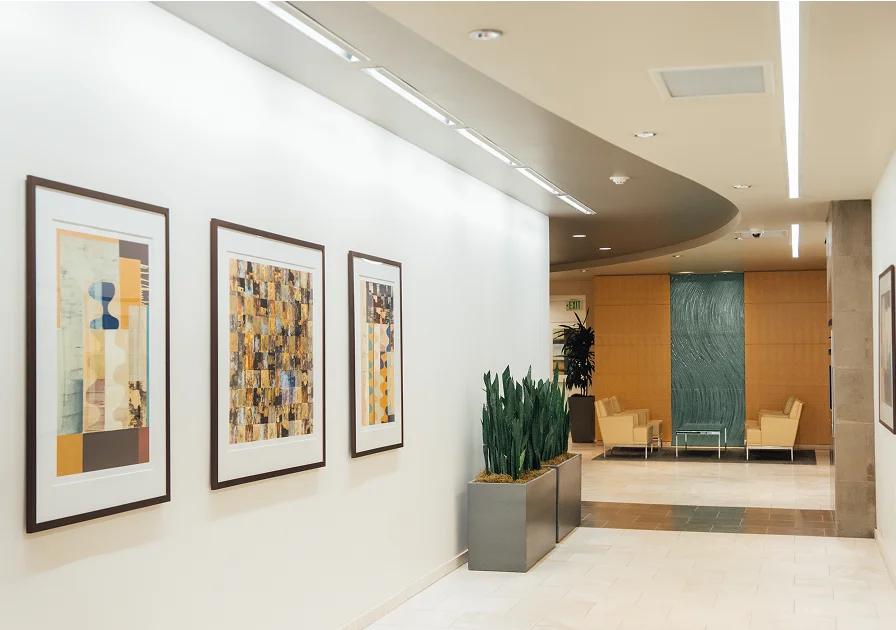At Seattle Face & Skin, we aim to partner with our patients to provide the best possible care for aesthetic facial rejuvenation and reconstruction. From the moment you contact our office, we focus on your needs to ensure you fully understand the possibilities, limitations, and opportunities available to produce the best outcome for you. Our team is led by Dr. Amit D. Bhrany, a double board-certified in Facial Plastic Surgery and Otolaryngology (Ear Nose, and Throat Surgery) and a member of AAFPRS (American Academy of Facial Plastic & Reconstructive Surgery). After earning his bachelor’s degree in biomedical engineering and doctorate in medicine from Boston University, he completed his residency in Otolaryngology-Head and Neck Surgery at the University of Washington (UW). Dr. Bhrany then spent two years of additional sub-specialty training, developing skills for cosmetic facial plastic surgery, reconstructing all aspects of the head and neck, as well as head and neck cancer surgery and microsurgical reconstruction after being awarded fellowships in Head and Neck Surgery at the University of Auckland in New Zealand and Facial Plastic Surgery at UW.
What is Otoplasty?
The procedure to correct protruding ears is usually performed through an incision behind the ears. A combination of cartilage scoring and suturing is used to create an antihelical fold. At times, additional sutures on the back of the conchal cartilage bring the entire ear closer to the side of the head. A postoperative dressing is used to help keep the ears in their new positions.
For adults or for children whose ears are too stiff for molding, a surgical correction is an option. This type of ear surgery is sometimes called ear pinning, or setback otoplasty. It may be preferable to wait until about age 6 when ears are almost fully grown. This is also the age when children typically begin to be teased by their peers, which provides additional incentive to undergo surgery. By the time a child is 3 years old, 85% of auricular growth is complete, and the cartilaginous growth is almost complete by age 5 years. Because of these growth characteristics, surgical intervention can be accomplished at the age of 5 or 6 years without hindering additional growth.




